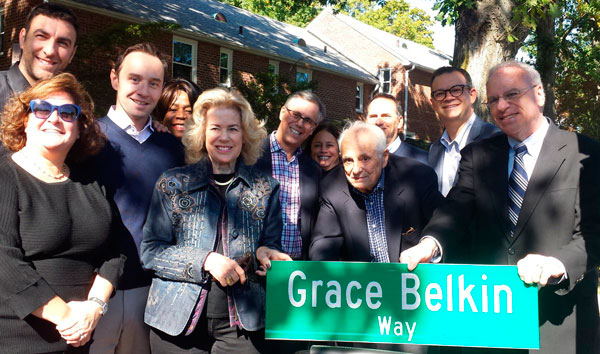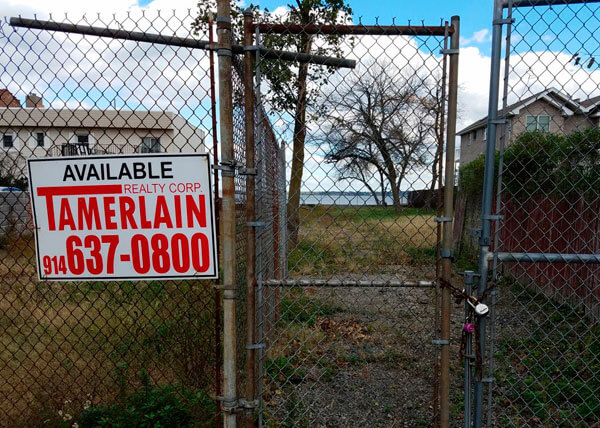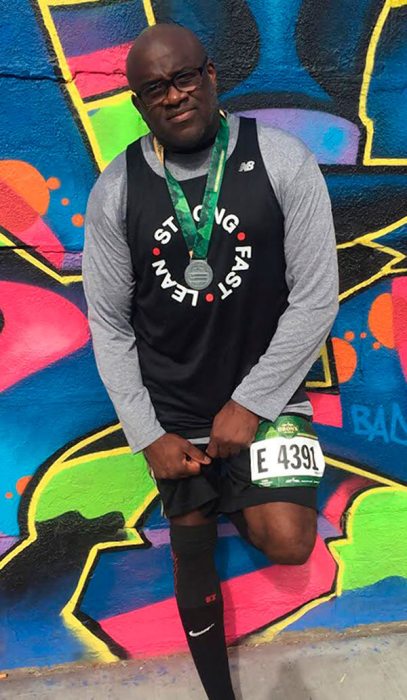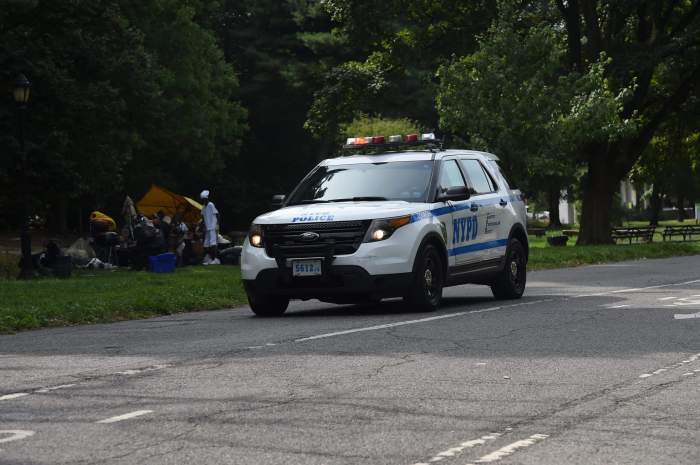Did you know that the Hutchinson River is the only stream in the country to be named after a woman?
Anne Hutchinson, after which the body was named, was a nonconformist Puritan who fled from Massachusetts to what is now Pelham Bay Park.
She was a widowed mother of 11 children. Unfortunately Hutchinson and 10 of her children were killed in retaliation to an unprovoked attack against a local Lenape natives by 1643 governor Willem Kieft.
The only survivor, Susanna Hutchinson, lived in captivity for a few years before natives released her.
Mitt Romney is among her descendants.
That’s the kind of knowledge you would pick up as the reader of a new book due to hit shelves this March, entitled Hidden Waters of New York City – A History and Guide to 101 Forgotten Lakes, Ponds, Creeks, and Streams in the Five Boroughs.
This text acts as a guide to waterways within the five boroughs – those in plain view and those that no longer exist.
The author, Sergey Kadinsky, works as an analyst for the NYC Department of Parks and Recreation – but luckily the manual doesn’t read like a walking-tour audio guide.
The writing has a way of enticing the reader like a novel although the content is pretty textbook.
If you don’t want to read it cover to cover that’s okay too – the copy is broken up by blurbs such as ‘Getting There’ with mass transit directions, ‘Places to See’ outlining notable historical attractions nearby like museums or canoe courses, and “Learn More” directing readers to places they can go for more info on a specific topic.
“In the same way that the Nile created ancient Egypt, small creeks like Tibbetts Brook shaped neighborhoods that created the Bronx,” said Kadinsky.
The book’s publisher, W.W. Norton & Company, also released ‘Other Islands of New York City’ a guide to forgotten islands of the five boroughs, and Kadinsky hopes to speak to the same readership.
“My book should really be called ‘Rivers that are not named East or Hudson,’” said Kadinsky “The aim is for more civic involvement, the more you come to know your neighborhood and how it became the way it is, and who the streets are really named after, the more you care about where you live.”























